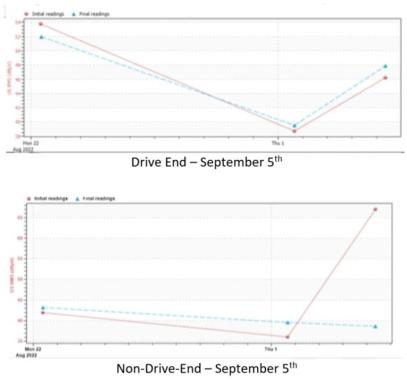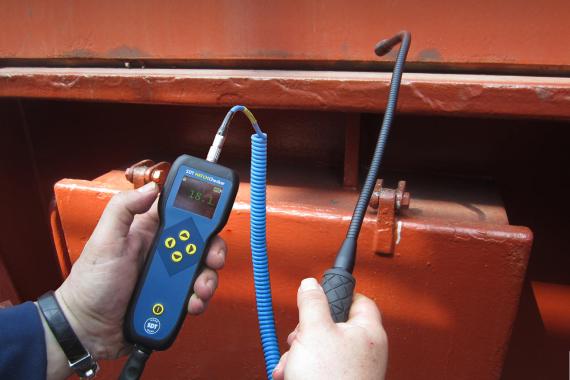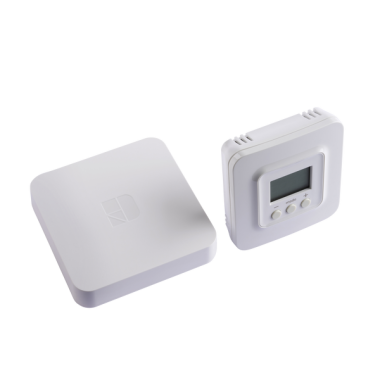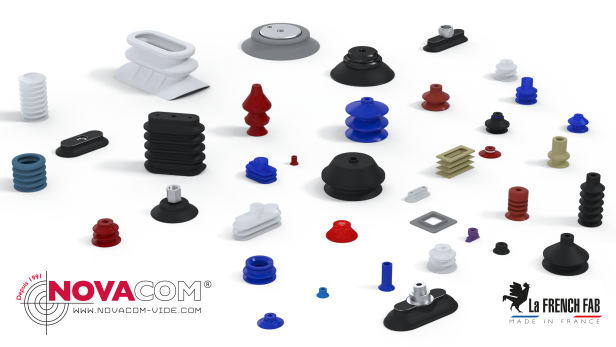Case Study: Diagnosing Bearing Failure w/ LUBExpert Static & Vibration Analysis

Torki works as a senior lubrication engineer at a cement manufacturer. He recently completed his Live Online Level One Ultrasound Certification with SDT Ultrasound Solutions and has since been applying what he learned during the course to his job as a lubrication engineer.
Torki was kind enough to share this lubrication case study with us. He co-authored it with his co-worker, vibration analyst, Khaled Salman Almarwany.
The initial task was simple. Lubricate the drive-end and non-drive-end bearings of a cooling fan using a LUBExpert Static.
Previously, the lubrication team at this cement manufacturer greased their bearings on a time-based schedule, rather than condition based. The calendar schedule called for 50 grams of grease every two weeks, regardless of the needs of the bearing.
Since switching to the ultrasonic condition-based method for greasing their bearings, Torki and his fellow lubrication technicians noticed a steep decline in grease consumed. Where it used to be 50 grams every two weeks for both the drive-end & non-drive-end bearings, it dropped to 16 grams for the drive-end and 14.4 grams for the non-drive-end during the most recent successful lubrication task, which can be seen in the following two figures
Keep reading: https://sdtultrasound.com/2022/11/17/case-study-diagnosing-bearing-failure-w-lubexpert-static-vibration-analysis/
Our other news
See allJoin the largest community of industrial suppliers
- Helping you with your ongoing technology watch
- Provide you with detailed supplier statistics
- Give you international visibility
Discover the largest catalogue of industrial products on the market
- To offer you the best catalogue of industrial products on the market
- To guarantee you a 100% secure platform
- Enable you to have live remote exchanges


 Français
Français







